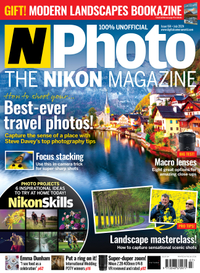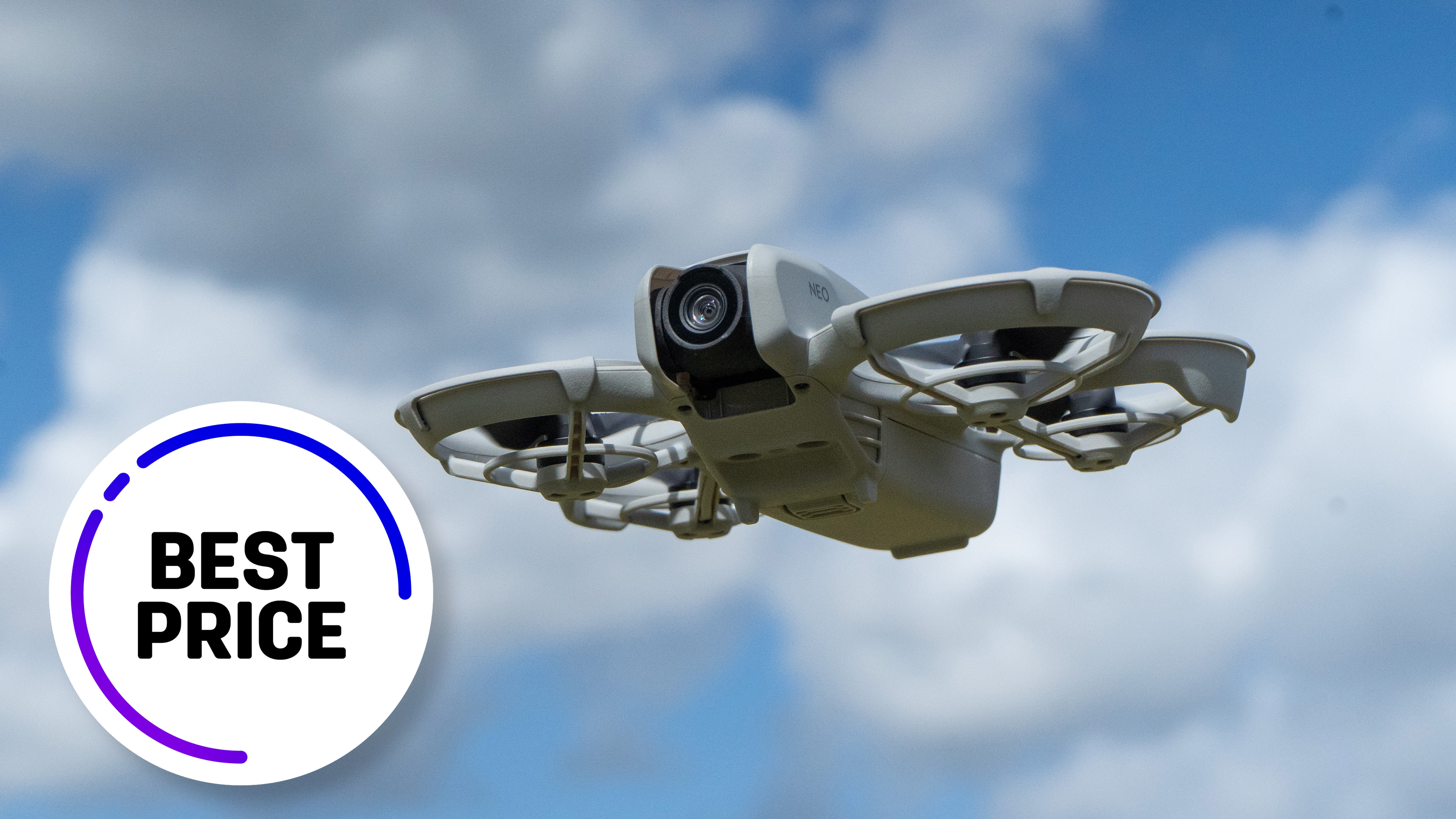How to capture stroboscopic sports shots – N-Photo 164 video tutorial
learn how to pulse your flash to capture stunning stroboscopic sports shots
Trouble streaming the above video? View/download it here
Stroboscopic photography involves firing a rapid burst of flashes to create a staccato effect that is well suited to sports, action or all sorts of moving subjects. Most flashes have a stroboscopic mode – even many of the most basic of Speedlights. But it can be a challenge to make the effect look polished.
• Read more: The best flash triggers for your camera
A common pitfall is to attach the flash to the camera hotshoe. This tends to result in rather bland lighting, with spillage onto the backdrop that dilutes the effect. We’re much better off firing the flash off-camera for directional light from one side. This brings its own challenges in terms of positioning and triggering the flash, and it all needs to be captured with a long exposure in the dark. In this project we’ll explain how it’s done, with advice on the best camera and flash settings for stunning sports shots.
You might have noticed with our tennis action shot here there’s more going on with the lighting than a straightforward one-light strobe. To complement the stroboscopic effect we’ve added in a second flash, set to fire at the end of our one-second-long exposure. This second light can elevate the effect to another level by lifting the subject from the opposite angle, resulting in a bold cross-lighting effect that freezes the subject in its final position.
This tutorial does not feature any project files
N-Photo: The Nikon Magazine is a monthly magazine that's written by Nikon enthusiasts for Nikon enthusiasts, you can be sure that all the content is 100% relevant to you! So for the best Nikon-focused news, reviews, projects and a whole lot more, subscribe to N-Photo today – with our unmissable sub deal!
Get the Digital Camera World Newsletter
The best camera deals, reviews, product advice, and unmissable photography news, direct to your inbox!
The lead technique writer on Digital Camera Magazine, PhotoPlus: The Canon Magazine and N-Photo: The Nikon Magazine, James is a fantastic general practice photographer with an enviable array of skills across every genre of photography.
Whether it's flash photography techniques like stroboscopic portraits, astrophotography projects like photographing the Northern Lights, or turning sound into art by making paint dance on a set of speakers, James' tutorials and projects are as creative as they are enjoyable.
He's also a wizard at the dark arts of Photoshop, Lightroom and Affinity Photo, and is capable of some genuine black magic in the digital darkroom, making him one of the leading authorities on photo editing software and techniques.


